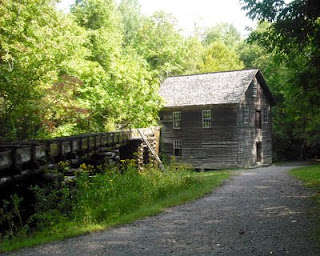
The time has arrived. You are either going to purchase your first digital camera, or update to a new or better model than the one you have. If you a first time digital camera buyer it can be intimidating. If you are updating your current camera, it can still be confusing. There are so many different digital cameras available, and they all basically do the same thing. The least expensive might not be the best buy for the kind of pictures you want to create, and the most expensive could be over kill for your type of photography. And the all features on today’s digital cameras can be mind boggling.
You can pick up a basic no frills digital camera in a convenience store for less than fifty dollars. Or you could go to a high end retail store and spend several thousand dollars. Some of the professional digital SLR bodies alone could cost over five thousand dollars. How do you know what to buy, or which camera is best for you. Research!
You can pick up a basic no frills digital camera in a convenience store for less than fifty dollars. Or you could go to a high end retail store and spend several thousand dollars. Some of the professional digital SLR bodies alone could cost over five thousand dollars. How do you know what to buy, or which camera is best for you. Research!
Make a list of the features you want your new camera to have. For example:
Does it have a viewfinder or do you use the LCD screen as a viewfinder?
What kind of memory card does it require?
How many white balances are available, and does it allow for custom white balance?
What’s the zoom range of the lens?
Does it have shutter lag, or is the shutter instantaneous?
Does it have a built in flash? If so, how powerful is it.
What is the ISO range?
What kind of batteries does it require?
What all is included with the camera?
What’s the price range for the camera?
If you’re thinking of buying a digital camera, or you already have a digital camera, there is a good chance you have access to a computer. Go to Google or Bing and start searching. You will end up with an overload of information. Would I purchase the camera on line? Maybe? It would depend on whether I have had successful dealings with company before, or I have good reports about the company for reliable sources. After the research you should have enough knowledge to know the type of camera you are will suite your needs.
An easier approach is to go to a local camera store and let a knowledgeable salesman help you with your decision. When I say local camera store, I don’t mean a big box department store with a camera and video section. I mean a locally owned camera store that will give you personal service, and backup what they sell. The only one I know of around the Dayton area is Fairborn Camera, in Fairborn, Ohio.
The first thing they will ask you when you tell them you’re interested in a digital camera is: how do you intend to use the camera, and what type pictures do you want to create? They will guide you from there and help you select the digital camera that is best for you.
If you go to Fairborn Camera, tell them Bob Clayton sent you.
The photograph included with this article was created with a less than $100 digital camera.
If there is anything special you want me to cover, or anything you want me to cover in more detail please let me know.

